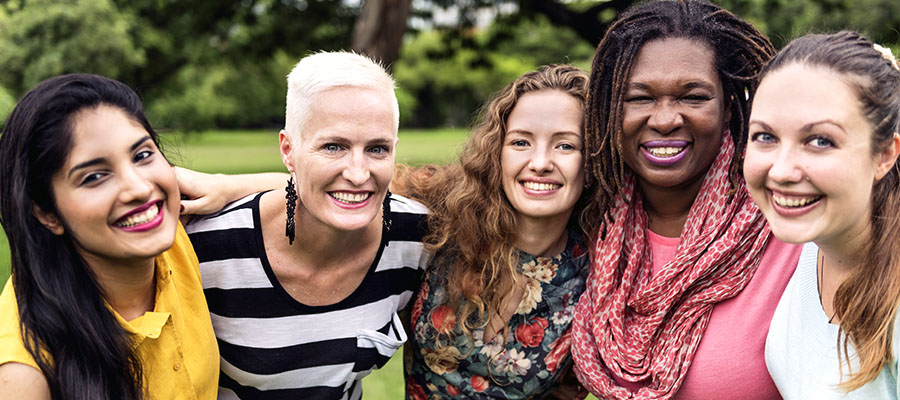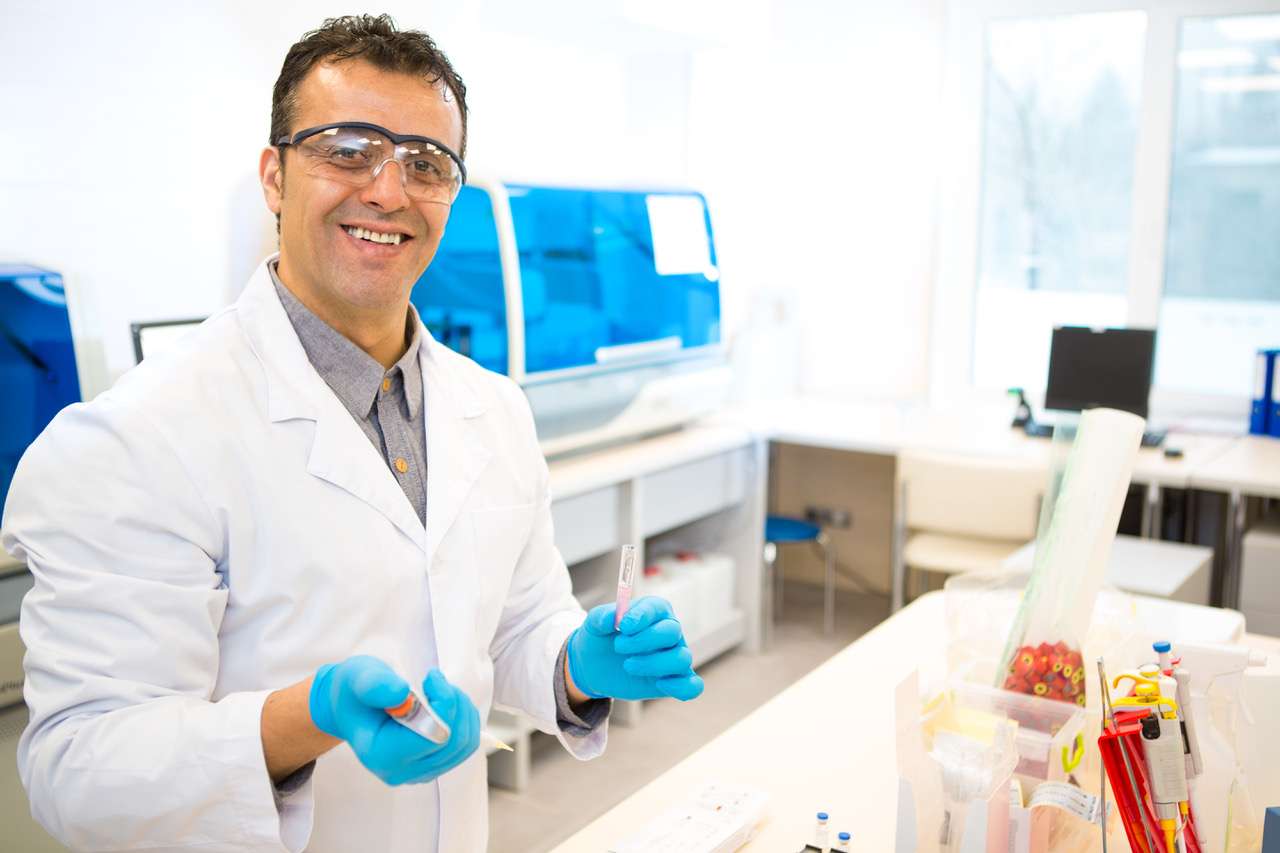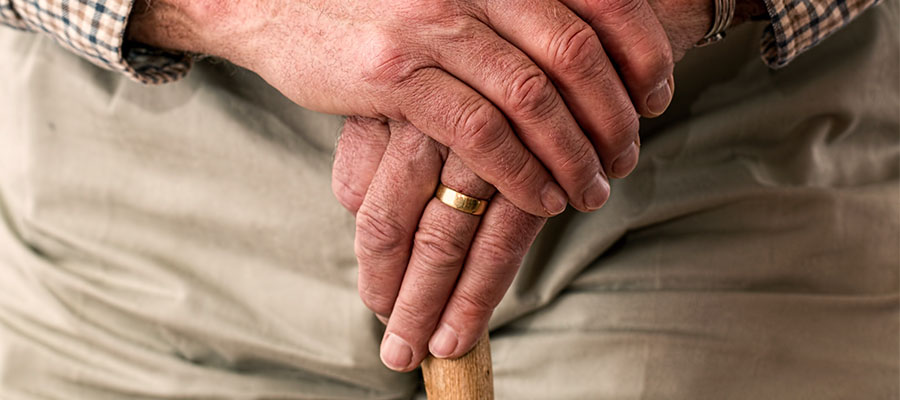Society’s understanding of eating disorders is often riddled with stereotypes about who gets them and myths about what causes them. Who could blame us? Our brains are hardwired to explain the nonsensical, and eating disorders are no different.
One myth is that parents and families are to blame for their loved one’s eating disorder. Trust me, I get it. I spend my days listening to stories about the first diet my client’s mother put them on, jumpstarting their eating disorder at age 7 or 8. My clients and I process their spouses calling them “fat” and detailing what they perceive to be the moral failings in my clients’ bodies. It’s hard to not point fingers.
This is not to say these things are not harmful. They become part of the story eating disorders whispers in my clients’ ears day in and day out. These judgments complicate recovery and threaten clients’ sense of safety or comfort in relationships. But I must also somewhat begrudgingly admit that finding the exact cause may not be the most important step.
We must not lose sight of the reality of eating disorders: The fact is that every 62 minutes, at least one person dies as a result of their eating disorder. Although it is valuable to find clarity as to why, the truth of these illnesses is not so black and white.
In reality, we as loved ones can absolutely have caused harm and maybe even contributed to the development of an eating disorder, but it is unlikely that there is a single cause, as these illnesses have roots in our genetics, culture, neurobiology and even our gut microbiome.
At the same time, families can be a powerful force for recovery. It may come through being an active part of treatment, or it may be lovingly standing by someone’s side as they wage this fight for a life worth living. Given essential education, the right support and the chance, loved ones can make all the difference.
Please know this may not be true for you, and that is okay. Because what is also true is that you can choose who you identify as your family, and this is not always defined by blood relationships. What is most important is that you not do this alone.
The power of families has been one of my greatest lessons as a professional. In the past, I could logically acknowledge the impact of parents, siblings, partners and family of choice. Yet what I have come to know is that these connections can be truly transformative.
Eating disorders become all the more powerful when we allow them to separate us from the ones who care about us. Eating disorders thrive on darkness and isolation, but recovery is made possible by connection and relationships. Please learn from where I have faltered, and stay open to how family of any kind can transform your healing.
About the Author
Dr. Jenny Copeland, clinical psychologist, practices at Ozark Center in Joplin, MO. Dr. Copeland specializes in the treatment of eating disorders. She has extensive experience in psychological assessment and treatment of people with diverse clinical concerns. Visit ozarkcenter.com/reconnect to learn more about eating disorders services at Ozark Center.







